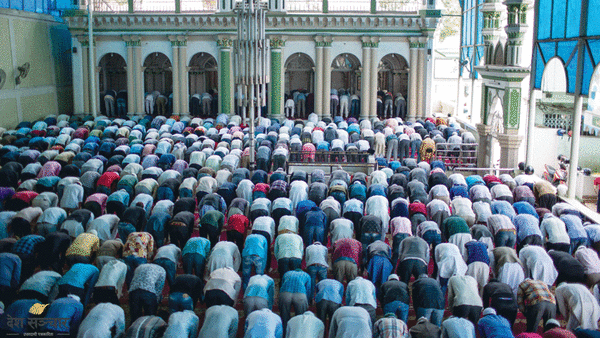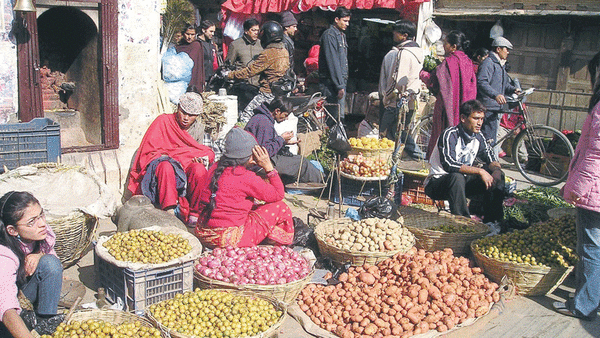

Muslims in Nepal, a country where Islam is the third-largest religion, have been observing fasting since the beginning of the holy month and a variety in the cultures, diversity in the delicacies if that is concern for many, and the duration of fasting make fasting in Nepal different. Muslims in Nepal fast for seventeen hours every day. They usually get up around 3 am in the morning, offers prayers and takes pre-dawn light meal “suhoor” before fasting and get prepared for the day till around 7 pm when the Magrib call for prayers sound from the mosques when they break the day’s fast.
According to a report by the Nepal Muslim Commission in 2018, there were approximately 4,000 mosques in Nepal. The majority of mosques are located in urban areas, such as Kathmandu, Pokhara, and Biratnagar, and serve the country’s Muslim population. The Pancha Kashmiri Takiya Masjid commonly known as the Kashmiri Masjid, build in 15th century AD, is one of the oldest mosques of Nepal situated in the heart of Kathmandu next to Kings Palace.

“Nepal has a small but vibrant Muslim community and there are around two million Muslims in the country comprising 6 per cent of the total population of Nepal for whom Ramadhan is an important religious observance and we observe fasting to the fullest meaning,” said Dornath Aryal, Nepalese ambassador to the Sultanate of Oman.
Like all the Muslims around the world Nepalese believers are undertaking the month-long fasting during the month of Ramadhan as they believe that in this month, the Qur’an, the holy book of Islam, was revealed to Prophet Muhammad, the messenger of the Allah, may peace be upon him.
To observe this holy month, during the entire period, like elsewhere, Nepalese Muslims also fast from dawn to dusk
While also adhering to rules like not drinking, smoking, as well as not engaging in physical fights. Although the first meal before sunrise, suhoor, is eaten in the presence of immediate family members, for Iftar friends
and family members get together to break the day’s fast, and many even have their meals at the mosque.
“Ramadhan’s true essence lies in celebrating in each other’s company or in groups,” in Nepal items like dates,
sewai, and Rooh Afza are normally consumed during this month.” Similarly, one of the specialities during this month is a special prayer called tarawih performed in the mosques. Tarawih is the additional set of prayers performed by the imam, a spiritual person who leads the prayers at mosques after the final prayer.

In Nepal, the younger generation seems to be equally devoted and appear happy to take part in religious and cultural activities of the community. Mohammed Arshatulla, 20 years old student from Sirahawas believes that it’s their duty to carry on the culture to the next generation.
Eid Al Fitr is celebrated on the 1st day of the new month after Ramadhan when everyone wears new clothes and rushes to the mosques for Eid Prayers and then visits their relatives where the feast of meat and sweet sewai is a traditional way to celebrate the biggest festival of Muslims.
“Overall, Ramadhan is a time of spiritual reflection and renewal for Muslims in Nepal. It is a time to strengthen one’s faith, shows compassion for others, and seek forgiveness from Allah,” adds Bikal Jha, President of Nepali Social Club.
Oman Observer is now on the WhatsApp channel. Click here



